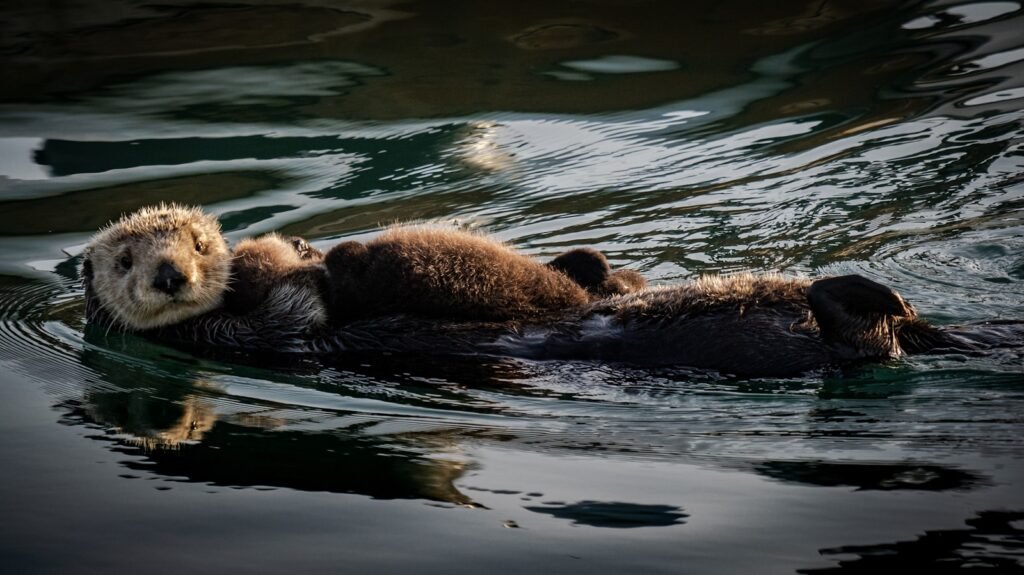Along California’s wave-battered edge, a small marine mammal with disarming eyes is quietly rewriting the rules of ecological restoration. Once hunted to the brink, sea otters are returning to coves and eelgrass beds, and line is responding like a long-silent instrument finding its tune. Kelp fronds rise where spiny urchin barrens once sprawled, and shorebirds spiral above recovering estuaries. This isn’t just a comeback story; it’s a test of whether nature can heal faster when a keystone predator is put back in the picture. The drama is equal parts data and wonder, part detective work and part devotion to a future where wild systems do more of the heavy lifting.
The Hidden Clues

What does a whiskered predator have to do with saving underwater forests? Follow the traces and the story reveals itself: cracked urchin shells near surge channels, muddy scat packed with crab fragments, and kelp stipes suddenly shooting skyward after years of stagnation. Divers describe a subtle shift from eerie silence to layered sound – shrimp clicks, fish rustles, and the soft thunk of otters using rocks as anvils.
These are the breadcrumbs of a recovering food web, the kind of clues that turn scattered sightings into a coastal narrative. Biologists map the pattern, logging foraging routes and newborn pups while comparing reef surveys to past years. The result looks almost like time-lapse therapy for the ocean, with each otter-loud cove becoming a pulse point for rebounding life.
From Ancient Tools to Modern Science
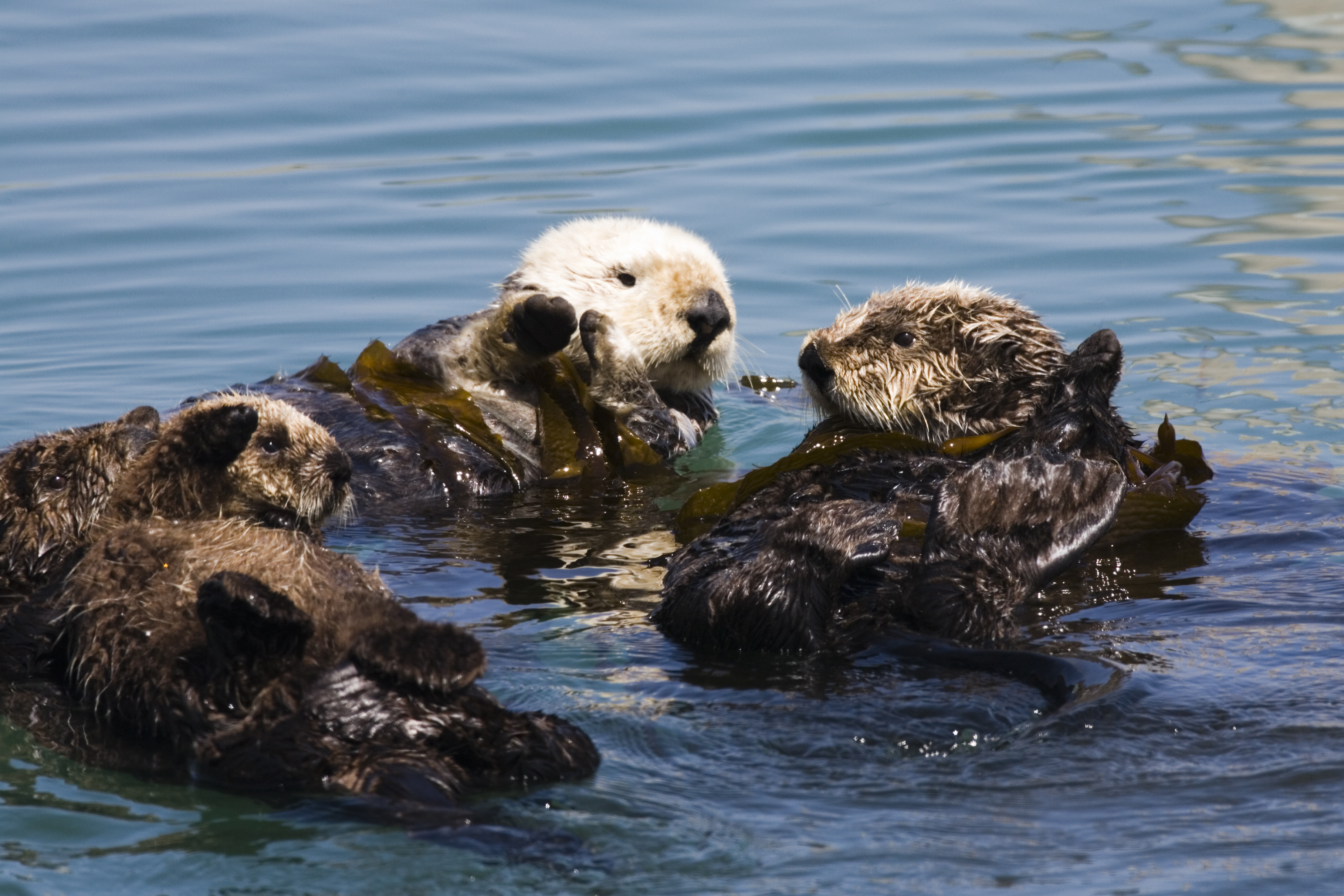
Long before telemetry tags and satellite kelp maps, people read shorelines with patience and memory, learning where shellfish thrived and when storms cleansed the flats. Today, that practical wisdom pairs with lab-grade precision: drones stitch mosaics of kelp canopy, hydrophones eavesdrop on hidden hunts, and environmental DNA techniques are being developed to detect species presence. The blend is powerful because it catches both the big picture and the little tremors.
On the water, scientists track individuals with flipper tags and gentle capture-release protocols that minimize stress. In the lab, stable isotope ratios and diet analyses reveal how otter appetites shift with seasons and prey booms. It’s an old story told with new lenses, and the plot points – urchins, crabs, clams, kelp – become characters the data can finally animate.
Inside the Food Web
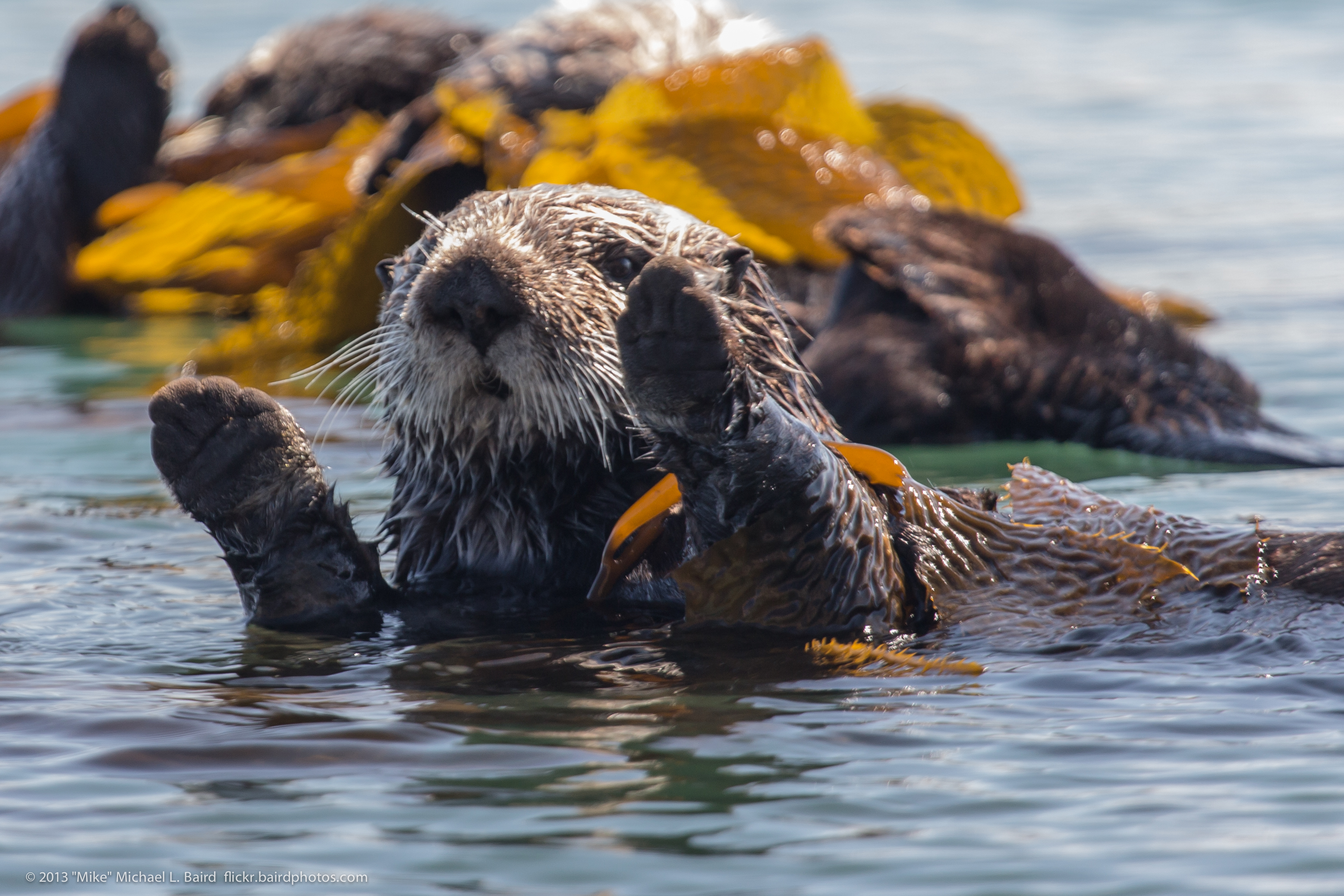
Otters are living levers in a system of push and pull, turning small meals into big ecological effects. By eating sea urchins on rocky reefs, they ease the constant gnawing that can topple kelp forests, letting fronds rise and dampen waves that batter . More kelp means more habitat for fish and invertebrates, and more surface area for storing carbon in living tissue.
In quiet estuaries, the story swaps actors but keeps the script: otters prey on crabs that otherwise overgraze or disrupt plants, and eelgrass responds with thicker shoots and fewer algal smotherings. Marsh edges knit themselves together, bivalves find cover, and nurseries for young fish get a second wind. It’s restoration by appetite, written mouthful by mouthful.
Why It Matters

Coastal restoration often relies on heavy tools – urchin culls, kelp transplants, breakwaters – and those tactics can help, but they’re costly and must be repeated. Otter-driven recovery is different because it’s self-propelling; once a territory stabilizes, daily foraging maintains the balance, like a gardener who never takes a day off. In an era of marine heatwaves and shifting currents, that built-in maintenance is a quiet superpower.
The science points to resilience benefits that ripple beyond any single bay. Kelp forests that retain otters tend to rebound faster after warm-water shocks, while estuaries with active predators hold their ground against erosion and murky blooms. Compared with purely mechanical fixes, the predator route can be leaner on budgets and richer in co-benefits, from tourism to fisheries habitat.
People at the Water’s Edge
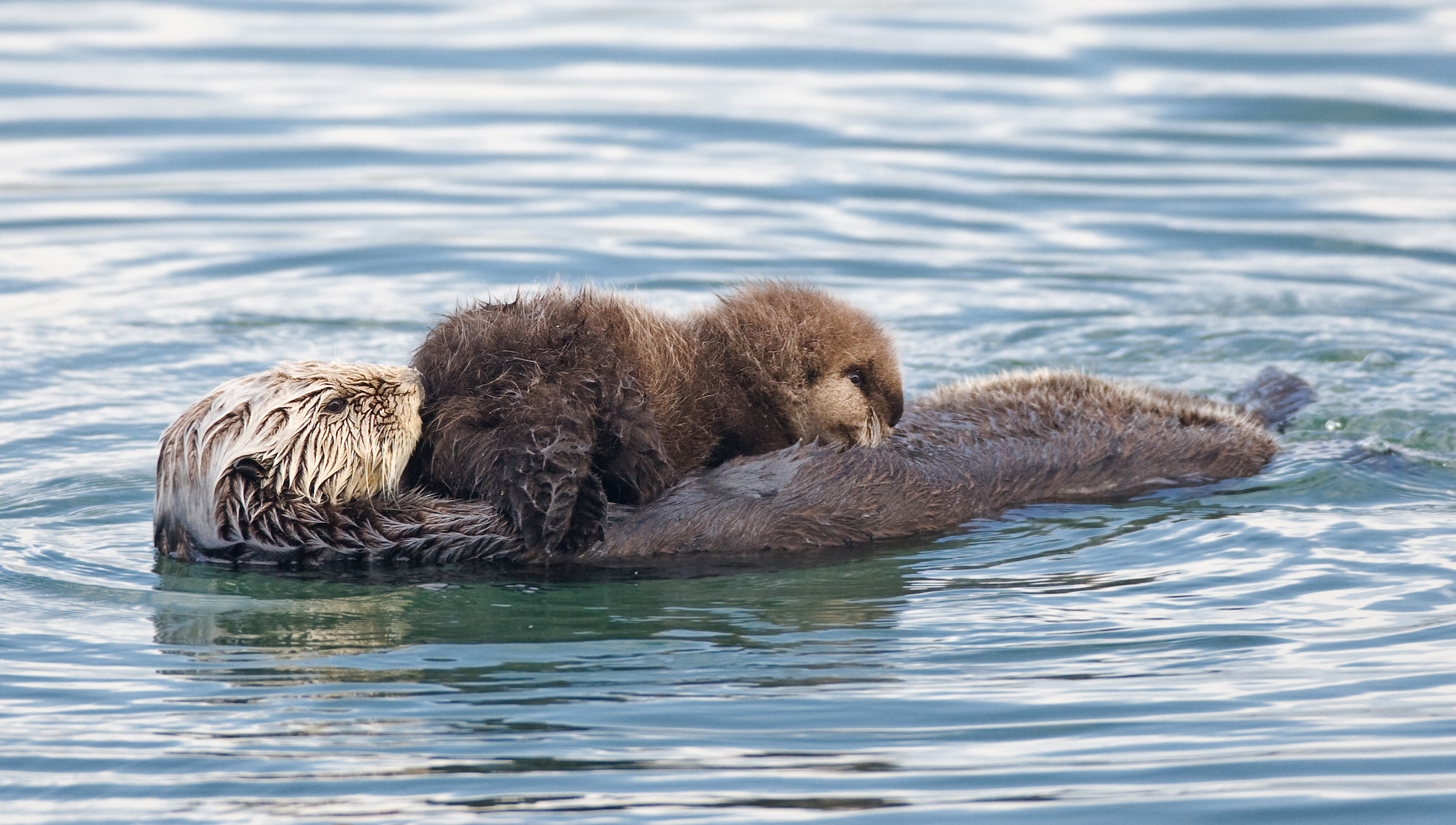
The first time I watched an otter crack a crab against its chest, I realized how restoration can feel like theater – intimate, noisy, and strangely suspenseful. Families lined the railing, and a kayaker drifted closer, then backed off when the animal rolled with its pup. It felt less like a spectacle and more like a neighborhood getting used to a long-lost resident.
Of course, coexistence takes work, especially where shellfish livelihoods and otter appetites overlap. Managers build buffers, boaters slow in nursery zones, and coastal communities hash out plans that keep both traditions and ecosystems afloat. The solutions may be imperfect, but they are grounded in that everyday, face-to-face relationship with the bay.
Global Perspectives

California’s recovery slots into a broader North Pacific mosaic, where sea otters historically ranged along the North Pacific, with the southern subspecies extending from central California to Baja California. In some regions, predators are plentiful and grazing is in check; in others, urchins surge when otters are scarce or displaced. Different coastlines hold different answers, yet the lesson rhymes: predators matter when you’re trying to keep living structure on the seafloor.
The approach also mirrors other rewilding successes, like beavers slowing rivers to store water and build wetlands. Each case leans on a simple premise: return the missing engineer and let physics and biology do the bulk of the work. The art lies in knowing where that premise fits and where it needs help from human hands.
The Hidden Risks
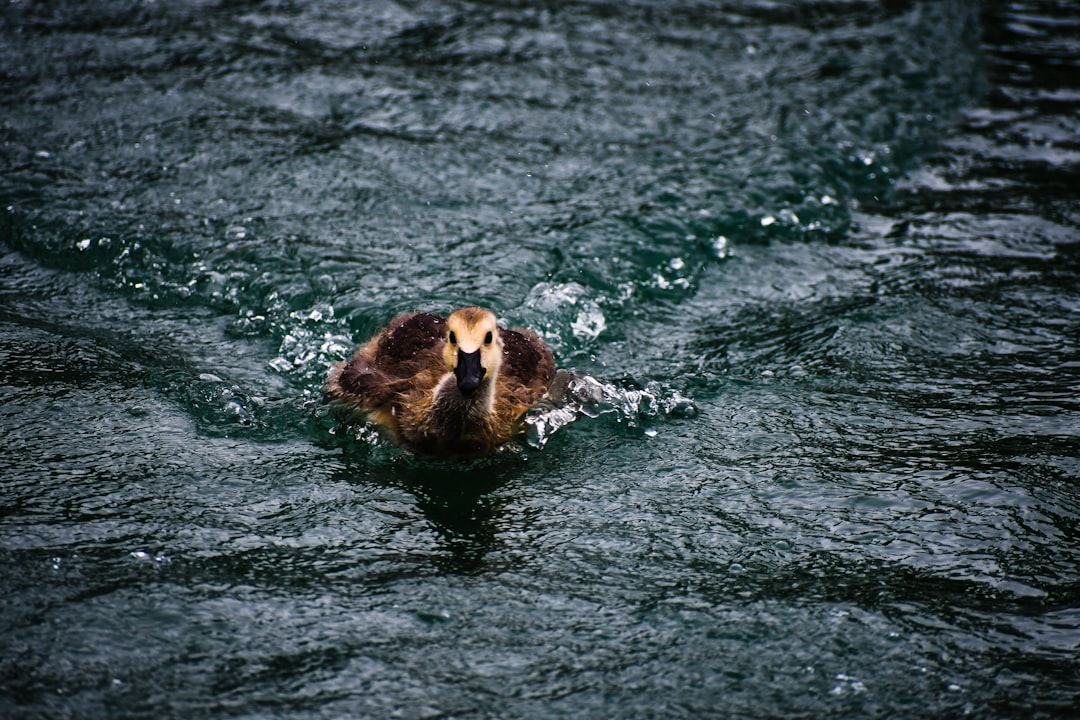
Recovery is never a straight line, and sea otters face hazards that don’t yield to enthusiasm. Non-fatal shark bites can spike in certain seasons, pushing otters from good habitat into riskier edges where food is scarce. Pollution and pathogens ride stormwater into estuaries, quietly eroding gains with each big rain.
There’s also the delicate arithmetic of prey, space, and genetics that determines whether a population plateaus or pushes outward. If key bays remain fragmented by disturbance, empty patches can widen into ecological potholes that predators can’t cross. A smart plan admits those uncertainties and budgets for surprises instead of being surprised by them.
The Future Landscape
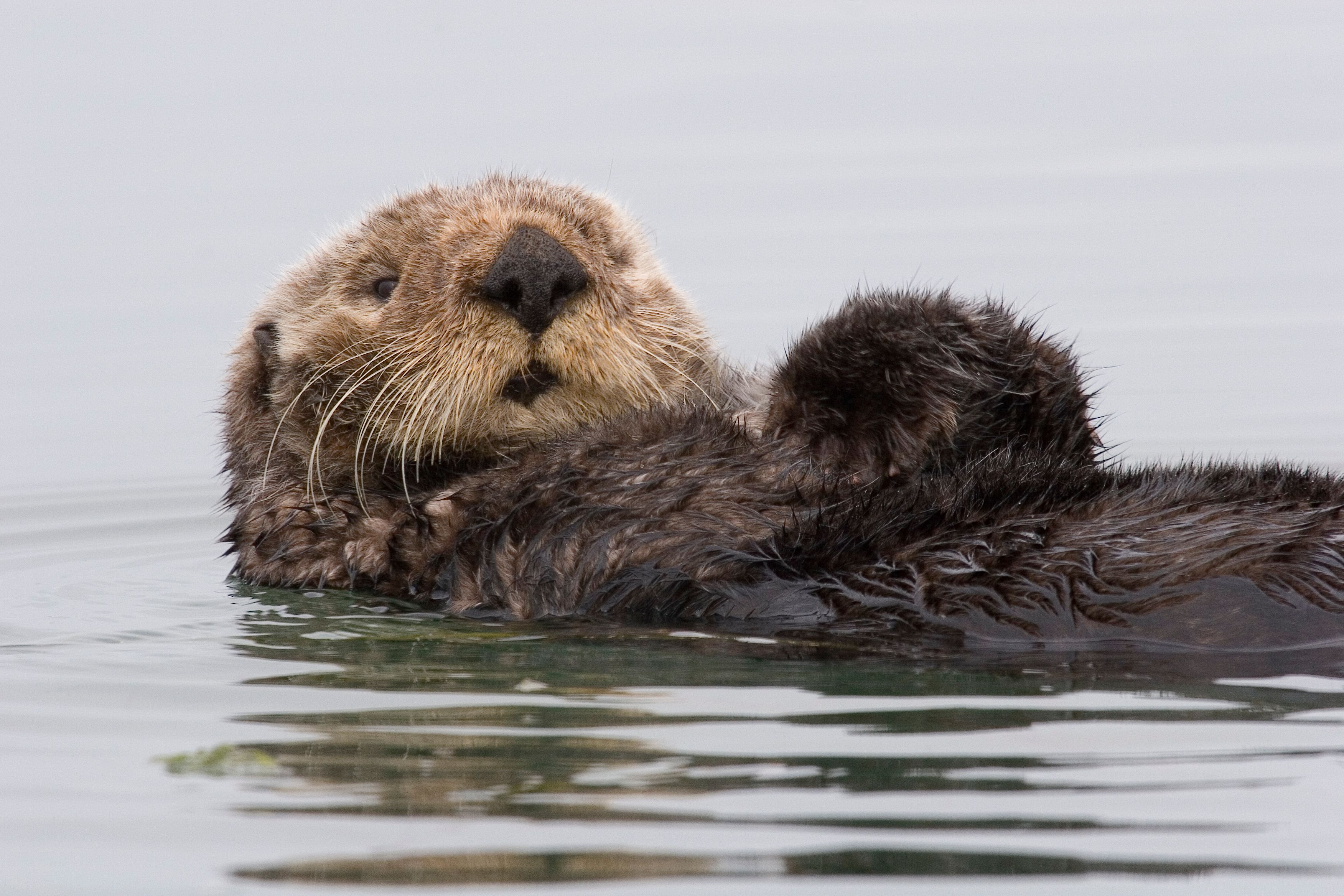
New tools are reshaping how managers read in real time. Environmental DNA turns a liter of water into a species roll call, while AI models flag kelp stress on satellite images before divers can see it. Acoustic tags whisper movement patterns that help design corridors where otters can travel without crossing gauntlets of boats and nets.
Looking ahead, targeted translocations may knit isolated groups closer, while habitat restoration in eelgrass and oyster beds can prepare safe harbors before otters arrive on their own. The toughest challenges – warming waters, disease, and conflicting coastal uses – will test every plan on the table. The most durable solutions are likely to be mixed portfolios that pair keystone predators with habitat builds and community agreements.
How You Can Help
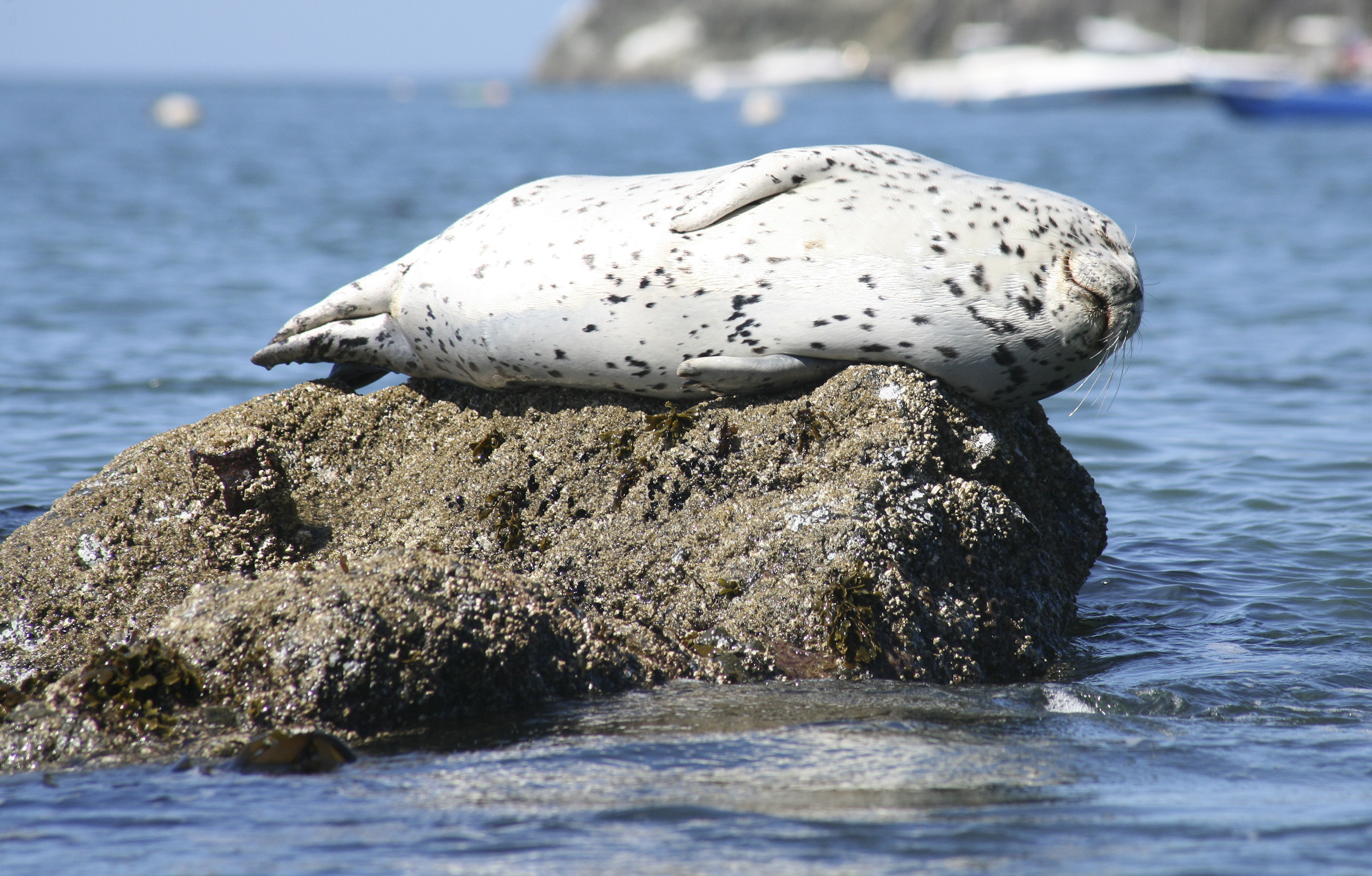
Small choices stack up when an entire coastline is at stake. Give resting otters wide space on beaches and in kelp beds, keep dogs leashed around haul-outs, and slow your paddle or boat near nursery areas. If you live inland, treat storm drains like direct lines to the sea by limiting fertilizers and disposing of pet waste responsibly.
Support marine protected areas and estuary restoration projects that set the stage for natural recovery, and consider volunteering for community science surveys in your region. When buying seafood, look for options certified for habitat-friendly practices that keep kelp and eelgrass intact. is listening, and it tends to respond when we do the simple things first – are you in?

Suhail Ahmed is a passionate digital professional and nature enthusiast with over 8 years of experience in content strategy, SEO, web development, and digital operations. Alongside his freelance journey, Suhail actively contributes to nature and wildlife platforms like Discover Wildlife, where he channels his curiosity for the planet into engaging, educational storytelling.
With a strong background in managing digital ecosystems — from ecommerce stores and WordPress websites to social media and automation — Suhail merges technical precision with creative insight. His content reflects a rare balance: SEO-friendly yet deeply human, data-informed yet emotionally resonant.
Driven by a love for discovery and storytelling, Suhail believes in using digital platforms to amplify causes that matter — especially those protecting Earth’s biodiversity and inspiring sustainable living. Whether he’s managing online projects or crafting wildlife content, his goal remains the same: to inform, inspire, and leave a positive digital footprint.

